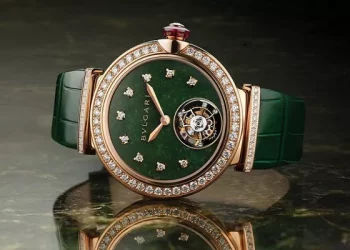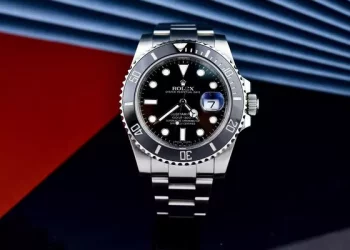Mechanical watches are fascinating timepieces that have been around for centuries. They are intricate machines that are powered by a spring and rely on a series of gears, levers, and escapements to keep time. In this article, we will explore the inner workings of a mechanical watch and what makes them such a prized possession for watch collectors and enthusiasts.
The Basic Components of a Mechanical Watch
A mechanical watch is made up of several essential components that work together to keep accurate time. The mainspring is the heart of the watch, and it is wound by the wearer to store energy. As the spring unwinds, it powers the watch’s movement. The movement is the mechanism that drives the hands of the watch, and it is made up of a series of gears, levers, and springs. The balance wheel is a critical component of the movement, as it regulates the watch’s timing by oscillating back and forth at a constant rate.
The escapement is another essential part of the movement, and it works in conjunction with the balance wheel to regulate the watch’s timing. The escapement controls the release of energy from the mainspring, allowing the watch to tick at a consistent rate. The dial is the face of the watch, and it displays the time. The hands of the watch are attached to the movement and move in a circular motion around the dial.
The Advantages of a Mechanical Watch
There are several advantages to owning a mechanical watch over a quartz watch. Mechanical watches are more accurate than quartz watches and can keep time within a few seconds per day. They also have a longer lifespan than quartz watches and can last for generations with proper care and maintenance. Mechanical watches are also more valuable than quartz watches, as they require more skill and craftsmanship to create.
The History of Mechanical Watches
Mechanical watches have been around for centuries and have a rich history. The first mechanical watches were invented in the 14th century, but they were not very accurate and were primarily used as a status symbol. In the 17th century, the invention of the balance spring greatly improved the accuracy of mechanical watches, making them more practical for everyday use.
During the 18th and 19th centuries, watchmakers continued to refine the design of mechanical watches, creating smaller, more accurate, and more reliable timepieces. The invention of the quartz watch in the 1960s threatened the future of mechanical watches, but watch enthusiasts continued to appreciate the beauty and craftsmanship of mechanical watches, and they remain popular today.
Conclusion
Mechanical watches are remarkable timepieces that have stood the test of time. They are intricate machines that require a high level of skill and craftsmanship to create and maintain. While they may be more expensive than quartz watches, they are more accurate, more durable, and more valuable. Mechanical watches have a rich history and a timeless appeal, making them a prized possession for watch collectors and enthusiasts.












































